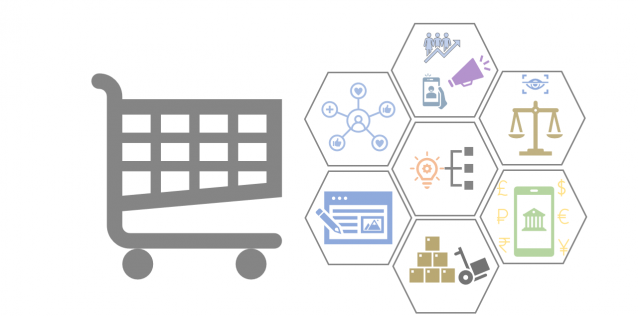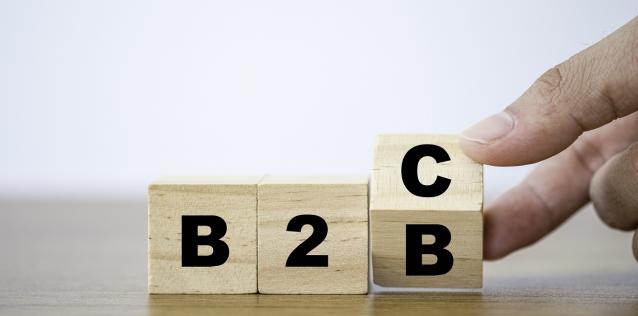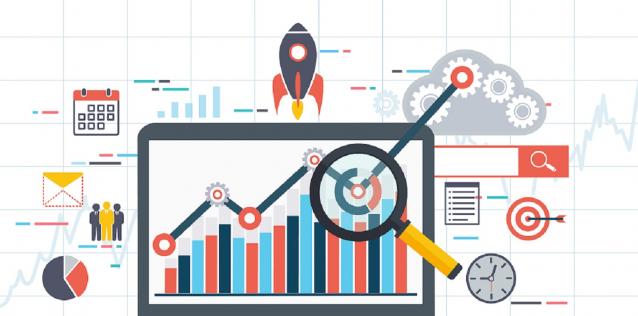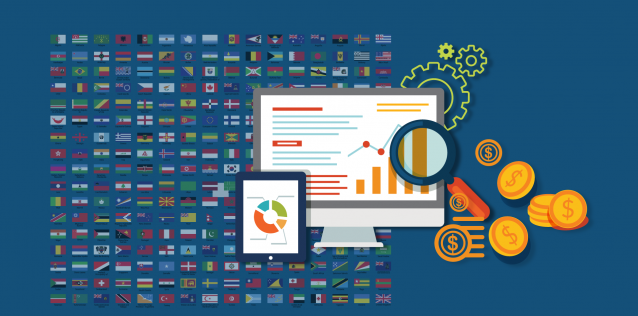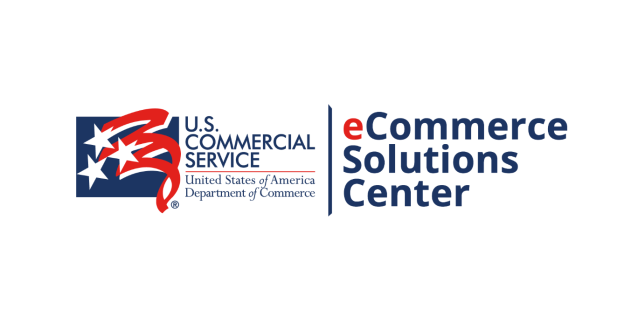eCommerce Sales & Size Forecast
Article written by James Bledsoe, Director of the eCommerce Solutions Center
B2B eCommerce Forecast
Worldwide ecommerce sales for B2B businesses have been steadily rising year over year for the last decade, with the global B2B ecommerce market valued at USD$36 trillion by 2026. Heavy industry such as advanced manufacturing, energy, healthcare, and professional business services segments drive the majority of this B2B sales value.
The Asia-Pacific region will continue to gain market share over the rest of the world regions, however the most growth in B2B ecommerce value will be seen from smaller-sized markets like Latin America and the Middle East.
Since 2020 over 90% of B2B companies have now shifted to a virtual sales model, due to improved process efficiencies and improved managing software. Two markets stand out from the rest for their adoption rates of digital selling methods: South Korea (13%) and Japan (15%) still prefer to conduct face-to-face meetings for business.
B2C eCommerce Forecast
Global B2C ecommerce revenue is expected to grow to USD$5.5 trillion by 2027 at a steady 14.4% compound annual growth rate. Leading segments for B2C ecommerce in order are: consumer electronics, fashion, furniture, toys/hobby, biohealth pharmaceuticals, media & entertainment, beverages, and food.
According to recent industry calculations, India will rank first among 20 countries worldwide in retail e-commerce development between 2023 and 2027, with a compound annual growth rate of 14.1 percent. Argentina and Brazil are also among the fastest-growing e-commerce markets globally, with a CAGR of over 13.6 percent. The global retail e-commerce CAGR was estimated at 11.16 percent during the same period.
In 2023, ecommerce marketplaces were the primary source for starting to search for products online worldwide. According to a survey, roughly three out of ten online shoppers searched for products through this channel. Browsing in-store ranked second, with 18 percent of respondents, followed by search engines and brand websites, each with 14 percent
Return to eCommerce Frontline Library Content
Looking for more ecommerce resources?
